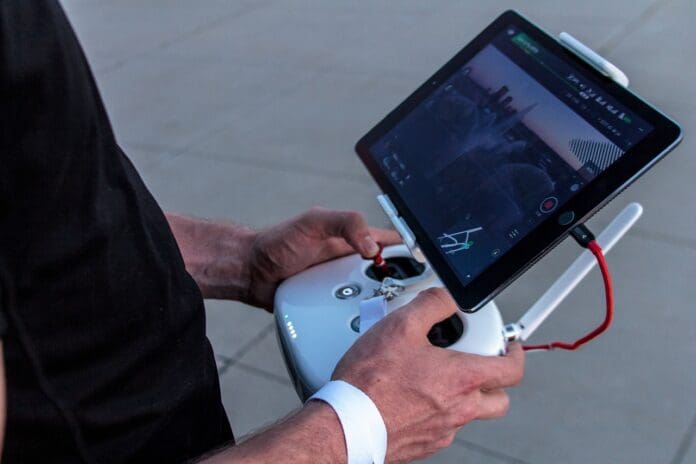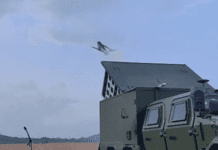This post is also available in:
 עברית (Hebrew)
עברית (Hebrew)
A groundbreaking software called Shrike was unveiled by the US Army’s Future Command’s Army Software Factory, able to leverage artificial intelligence (AI) to drastically reduce the time required to identify targets and launch fire missions. This new technology has reportedly slashed the response time from 15 minutes to just 1 minute.
First demonstrated during the 2nd Brigade, 101st Airborne Division’s rotation at the Joint Readiness Training Center this month, Shrike represents a significant advancement in electronic warfare capabilities. The software can integrate AI technology into any deployed drone, enhancing its ability to identify and engage targets rapidly.
According to Interesting Engineering, the Shrike application is designed to recognize targets even with limited available data. Each drone is equipped with a small circuit board that utilizes a large language model as its backbone. Soldiers operated these drones, equipped with Shrike, to scan enemy vehicles during the exercise.
According to Maj. Gen. Brett Sylvia, commander of the 101st Airborne Division, the AI-driven software processes data from the drones to detect camouflaged or hidden vehicles. It can identify these vehicles from features like wheels, bumpers, or windshields, and automatically generates a call-for-fire mission for user approval.
Shrike also includes a second layer of functionality. After completing a fire mission, the drone performs a battle damage assessment and can initiate a follow-up mission if needed. Traditionally, the Army’s fire missions take five to eight minutes, with some extending up to 15 minutes. However, with Shrike, the 101st soldiers achieved this in under a minute.
This technology is part of the Army’s broader Transformation in Contact initiative, which aims to integrate five years of modernization into three brigade combat teams. As part of this initiative, soldiers will gain access to advanced technological capabilities to enhance their effectiveness. The integration of AI and advanced tactics underscores the Army’s commitment to enhancing its operational efficiency and countering emerging threats in modern warfare.


























